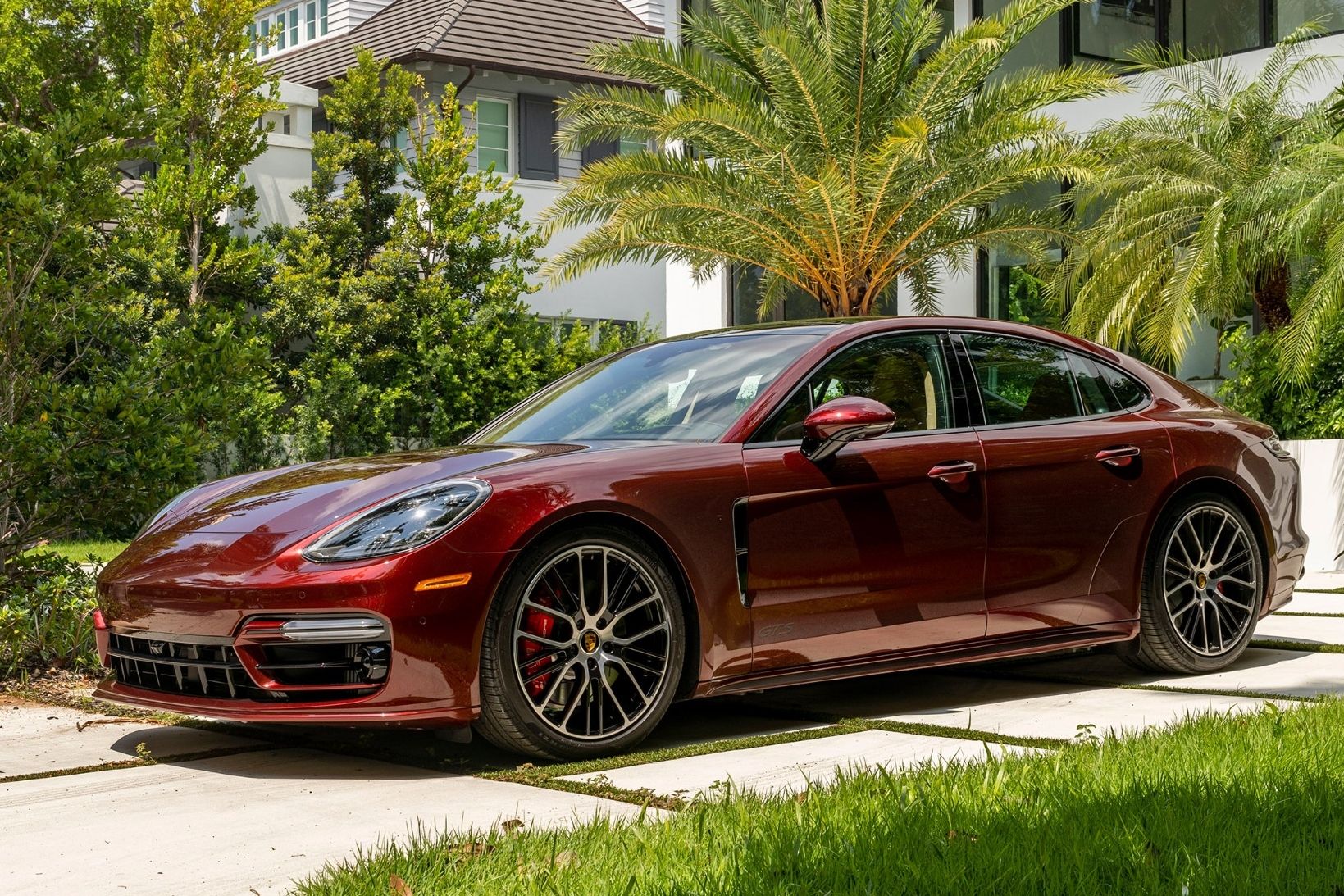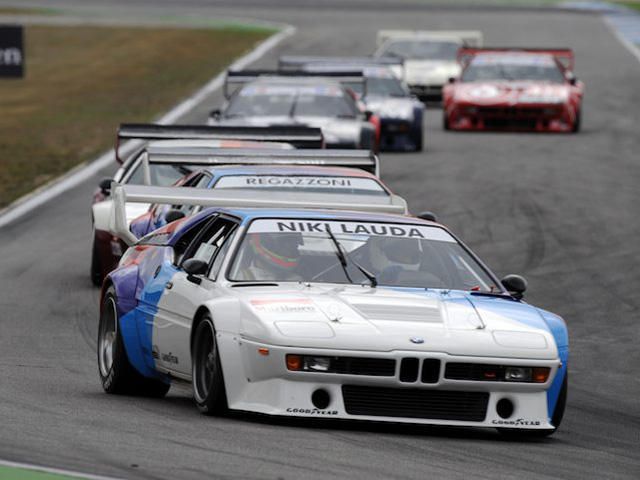
What is the common denominator between the M1, the only BMW ever to have a midship engine layout that was conceived to be a racing car, and the Chevrolet Volt, a car that was designed from the get-go to enhance frugal motoring in an era of growing emissions standards? After all, those are two very different cars from two very different eras. The answer is one Robert A. Lutz, aka "Maximum Bob", automaker executive and genuine car guy.
During the 1970s, while Lutz served as BMW Vice President of Sales, he found it necessary to initiate a project to build a sports car that would represent BMW in international racing. In 1976 he initiated the E26 program that led to the creation of the M1. He assigned the car to take part in Group 4 racing, a category that was intended for sports cars with production of at least 400 units in a 24 month period. Years later when Lutz became General Motors "cars czar" and following a long time resistance to the EV concept, he changed his mind and steadfastly promoted the development of the much more complicated and expensive solution, the range extender.
In the first case the project didn't achieve the anticipated success while the jury is still out on the latest project. Naturally the E26 project was loaded on BMW Motorsport GmbH that had only so far prepared racing cars based on production cars and that is a vast difference from building a legal road car from scratch that also aims directly at the world's race tracks. To overcome that insurmountable obstacle, BMW outsourced the styling to Giorgio Giugiaro, the famous Italian designer. Clearly the M1 doesn't look like a traditional BMW and its configuration is a one-off in BMW's history.
To add insult to injury, BMW contracted out the car's production to Lamborghini, although that relationship didn't materialize any further when the Italian automaker went bankrupt and BMW people had to go and salvage the panel molds from Lamborghini's facility. The car was modeled around the gull-wing turbocharged concept car created in 1972 by BMW designer Paul Bracq (whose previous employer was Daimler-Benz for whom he designed the second generation SL-Class). Continuing from this design study with its rounder lines, Giorgio Giugiaro created the sharp profile of the M1 with its distinct, almost jagged edges and corners.
Bracq and Giugiaro had already cooperated in the past in creating the 6-Series coupe. BMW engineers actually considered two engines for the new car: a V10 and an inline-six, choosing the latter because it conformed better to BMW's traditional engineering values and experiences. And with this experience they produced a 3.5-liter engine with 277hp based on a production block with 4-valves per cylinder that was borrowed from the racing engine heads. That midship engine propelled the fastest German sports car at the time to a top speed of 164.47 mph.
The all-electronic digital ignition system also reflected the latest in state of the art technology and the dry sump lubrication bore clear testimony to the sporting genes of the M1. Two fuel tanks from both of the engine's sides supplied fuel and a ZF five-speed gearbox connected to the engine via a two-plate dry clutch. Although the M1 was conceived to mark the success of BMW Motorsport, the sporting division was not involved in producing the car, apart from its engine. Since Lamborghini couldn't perform the job, it was divided between Marchesi, who built the frame, T.I.R who produced the glass-fiber-reinforced plastic body shell and ItalDesign, where the cars were built.
They were then sent to Baur in Germany where all mechanical systems and components were assembled. The unexpected delay forced BMW to come up with a solution to keep the public's interest in the car alive. So a new idea emerged to create a racing series for the car that would be a sidekick to the European round of the Formula 1 championship races. That arrangement lasted for two seasons, in which the M1 Procar Series took place with the participation of a few F1 drivers. Niki Lauda was crowned champion in 1979 and Nelson Piquet took the crown in 1980.
The M88 engine was also tuned up to 490hp, it weighed just 2,250 lbs. and with long gear ratios top speed was set at 193 mph. Marc Surer, the former Swiss F1 driver, lapped the Nordschleife of the Nurburgring in just 7 minutes 55.9 seconds. The M1 was sold for 100,000 Deutsche Marks (more than $500,000 today), quite expensive for a BMW. However, the demand was much higher than the supply and all cars were sold before production ceased. When the time arrived for the M1 to take part in Group 4 racing, after it reached the 400 units production milestone, it was already too late.
The FIA changed the regulations of the Group 4 category so the car was retired, though its unique and idiosyncratic heritage in BMW history is assured.

